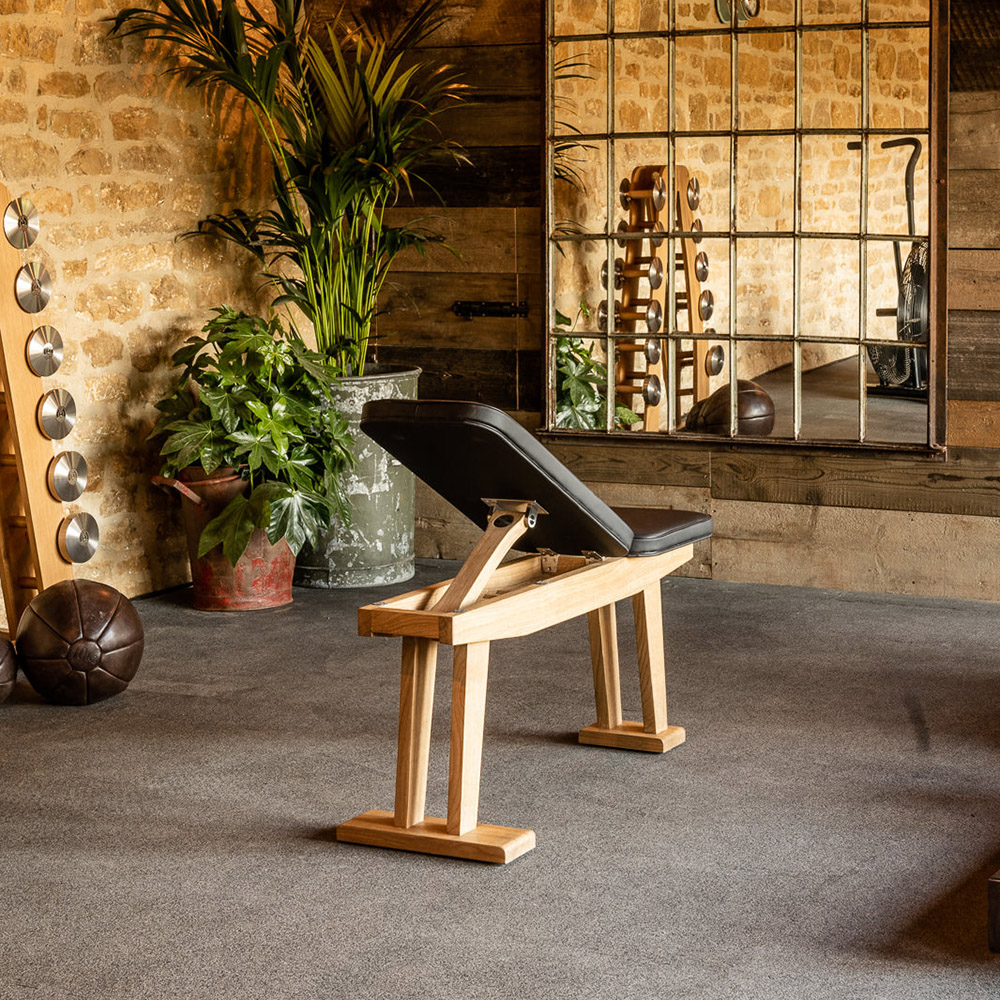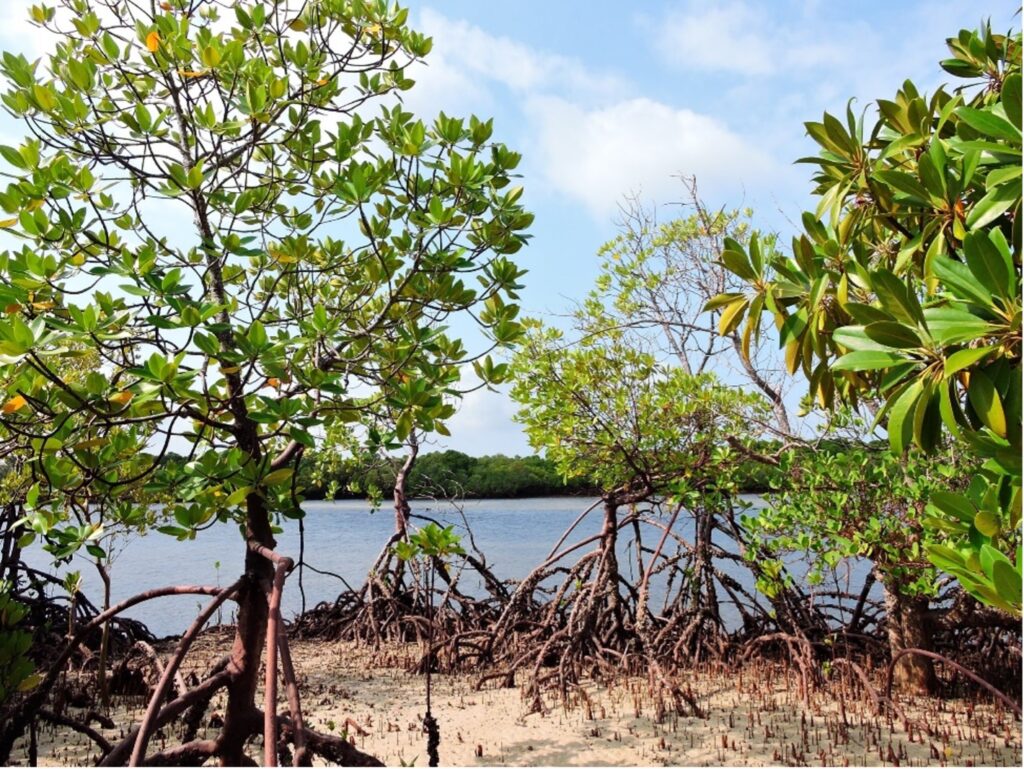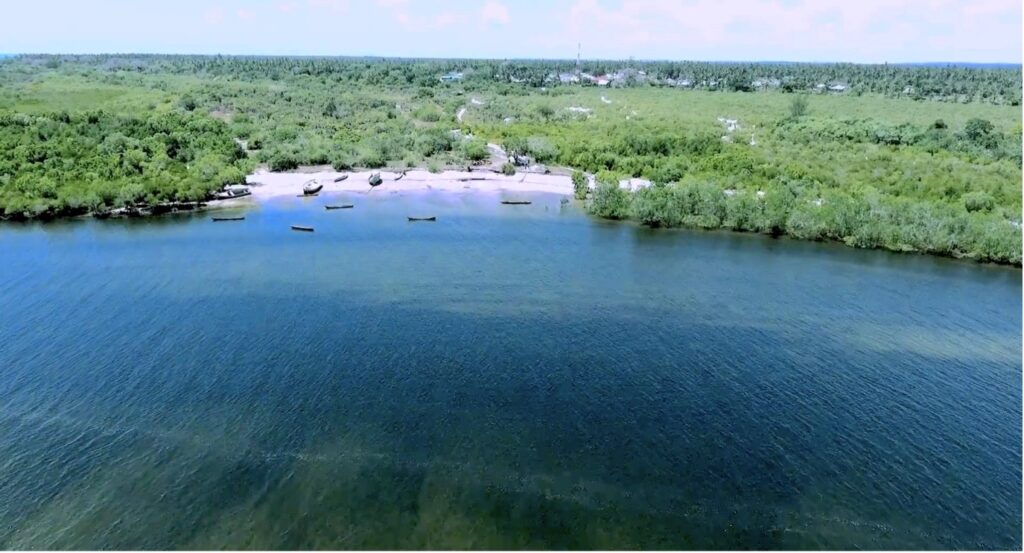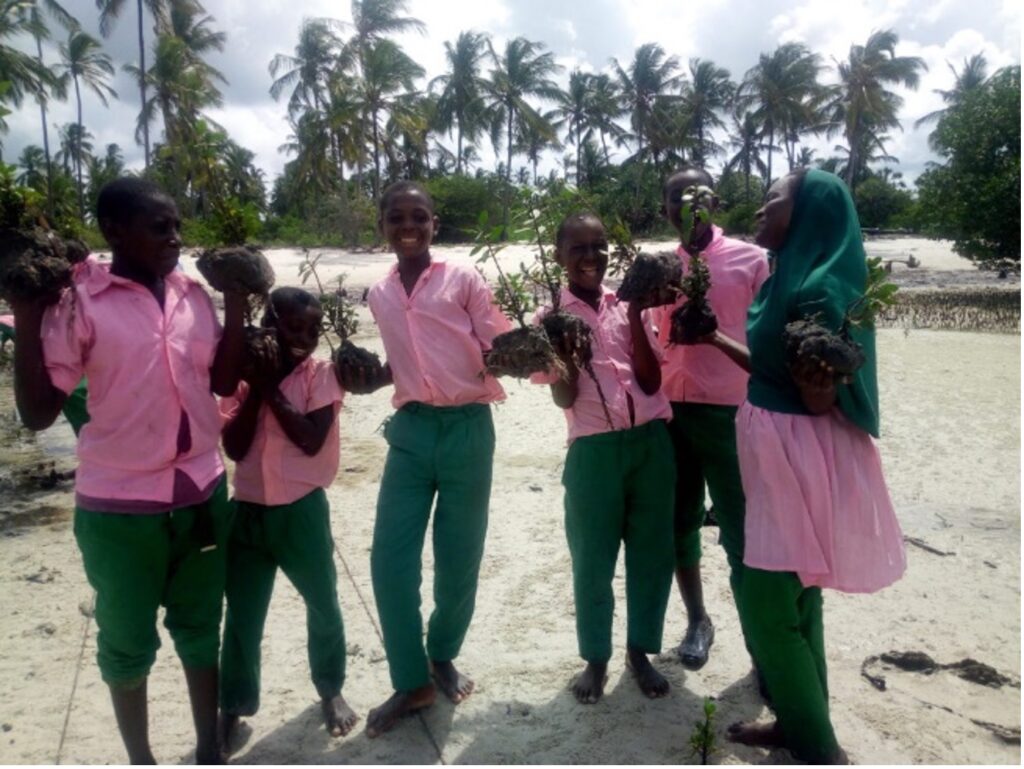Paragon Studio News
We completed our first annual Carbon Offset
Back in October last year, we partnered with our friends at Carbon Managers to create a carbon footprint assessment of our award-winning Paragon Studio Diabolo Dumbbells, with the intention to offset these emissions in commitment to our sustainability plan and secure carbon-neutral status for these products. Using our LCA (Life Cycle Assessment) report Carbon Managers calculated our carbon emissions for dumbbells manufactured between October 2021 and October 2022, advising the total of carbon credits we would need to purchase to offset our emissions.
We then asked Rachel from Yacht Carbon Offset, an environmental specialist in assessing the impact of emissions from the superyacht industry and a verified carbon credit supplier, to work with us in finding a worthy project to invest in. She introduced us to the substantial benefits of ‘blue carbon’ offsetting.
Endorsed by Yacht Carbon Offset, Mikoko Pamoja is a 20-year mangrove reforestation project in Gazi Bay on the south coast of Kenya, that was validated in 2014 under the Plan Vivo Carbon Standard methodology, funding conservation and development through action on carbon footprint.
With much of Kenya’s mangrove population in rapid decline due to coastal development, farming and harmful fishing practices, fish stocks have become depleted resulting in lack of food supply for vulnerable communities. The funding from the sale of blue carbon credits goes directly to communities creating jobs and paying for access to conservation, clean water and schooling for the community.
Each restoration project hopes to reduce emissions by hundreds of thousands of CO2 a year.
How do Mangroves reduce carbon?
Carbon dioxide is the greenhouse gas that is most vastly produced. The process of capturing and storing carbon dioxide from the atmosphere is called ‘carbon sequestration’, it is a method used in reducing the amount of carbon dioxide in the atmosphere with the aim of reducing global climate change. ‘Blue carbon’ is the sequestration of carbon by ocean ecosystems. Mangroves, along with sea grass and salt marshes, have become crucial new areas of conservation.
Blue mangrove forests are now being seen for their true value and importance as ‘carbon sinks’. Due to their natural ability to absorb and store excess carbon by locking it within their roots and branches, as well as the soil and sediment they live in, there is less carbon dioxide trapped within the atmosphere, helping to reduce the effects of global warming.
Mangroves are so effective that they can store up to 10 times more carbon than ‘green’ forests. Unlike green rainforests, which emit their carbon when a tree dies, mangroves can contain their carbon stores for hundreds of thousands of years if preserved.
Why Mikoko Pamoja?
A pioneering initiative, developed by research institutions in the UK and Kenya alongside local Gazi Bay villagers and volunteers NGO’s, Mikoko Pamoja is the flagship for blue forest conservation and development programmes. The project is used for training by international organisations such as the WWF and United Nations Development Programme.
Meaning ‘Mangroves Together’ Mikoko Pamoja is an exemplary model for community-led mangrove reforestation projects around the world. It is the first community-led project to use the sale of bio-carbon credits from the mangrove ecosystem to bring conservation and development together, encouraging the protection of these blue forests and their substantial carbon benefits.
Find out more about the project click here
At Paragon Studio, we are proud to support this wonderful initiative and look forward to working closely with our sustainability partners Carbon Managers and Yacht Carbon Offset in our carbon-reduction mission.
To see a copy of our Dumbbell Emissions Report from Carbon Managers click here
To see a copy of our Offset Certificate from Yacht Carbon Offset click here





